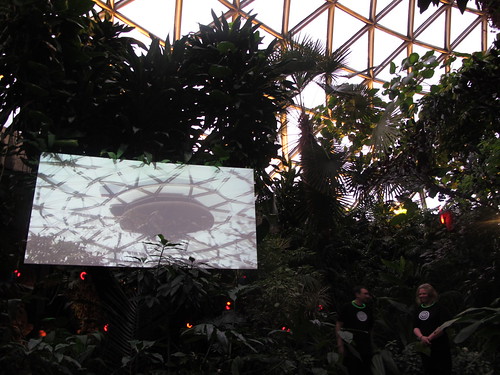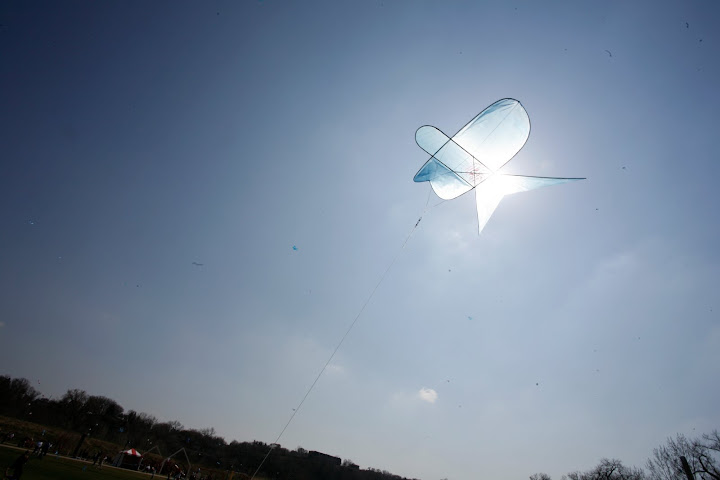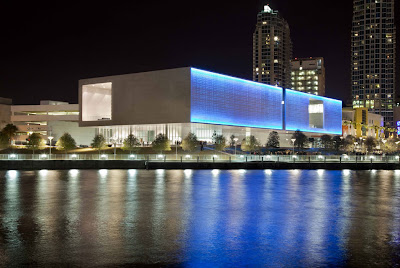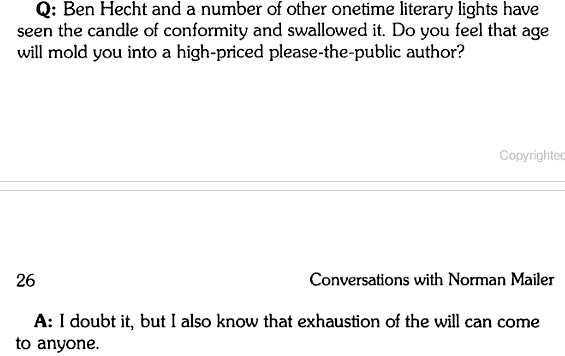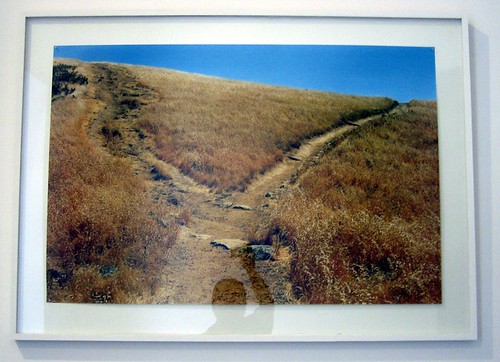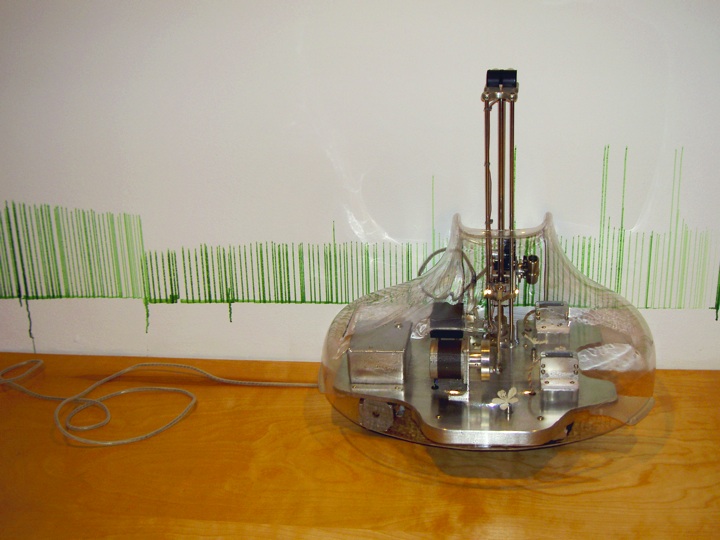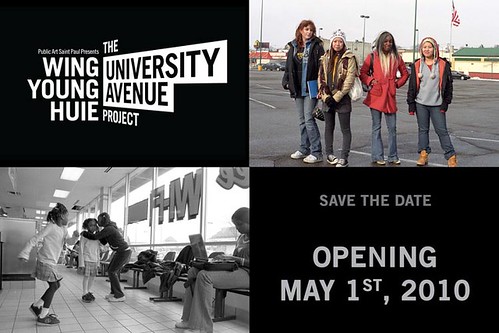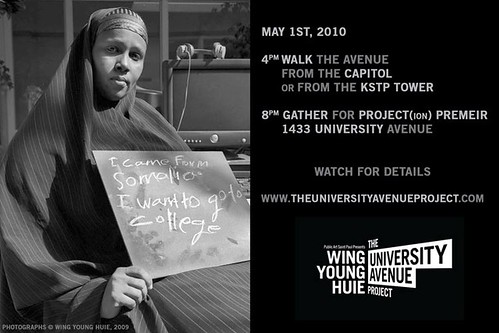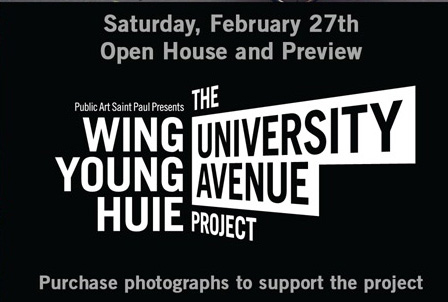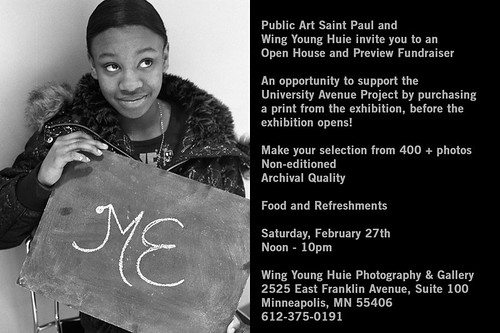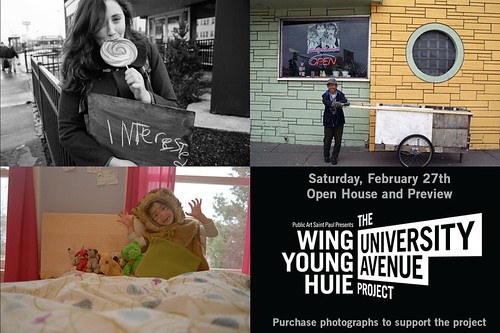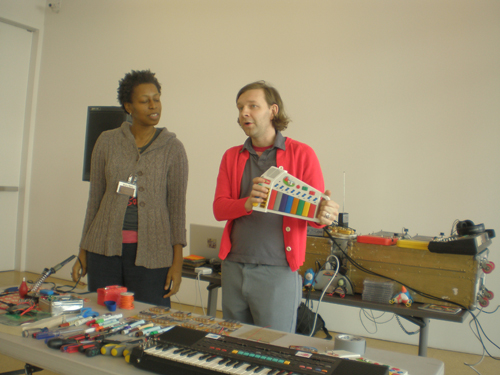Mirage Volcano
One of the most well-known works of public “art” volcanoes is at the Mirage Hotel in Las Vegas. And I suppose you could argue that the Bellagio Fountain is a kind of eruption as well, although it certainly lacks a certain … moltenness, which is how Designboom describes this untitled interior lighting by Anselm Reyle at Art Basel 2008.
Anselm Reyle, untitled

Untitled, Anselm Reyle, 2008, Art Basel.
Sir William Hamilton

Mount Vesuvius emitting a column of smoke after its eruption on 8 August 1779. Coloured etching by Pietro Fabris, 1779.
The art of the volcano has been around since at least the late 1700s when Sir William Hamilton studied the eruptions of Vesuvius and other volcanoes, commissioning many views such as this colored etching at left by Pietro Fabris from 1779, Mount Vesuvius emitting a column of smoke after its eruption on 8 August 1779. via Wellcome Library, London.
“His 1776 book Campi Flegrei: Observations on the volcanoes of the two Sicilies used stunning hand-coloured illustrations by Peter Fabris to demonstrate to the scientific world that volcanic processes can be beautifully creative as well as horribly destructive.” via MetaFilter
Hamilton was also the subject of Susan Sontag’s Volcano Lover.
Interestingly, especially in regard to the Mirage Hotel’s volcanic eruption entertainment, Hamilton created a multimedia “apparatus” to demonstrate the shock and awe of a volcanic eruption. Bent Sorenson’s 2004 article, “Sir William Hamilton’s Vesuvian Apparatus” goes into great detail about this device, which is based on the only extant drawing of it. I have been unable to locate any images of the drawing, but according to Sorenson,
“Hamilton’s Vesuvian apparatus was a work of art, reinforced with machinery, purposely designed to convey the tremendous force, the rapidly changing aspect, and the terrific noise of a volcanic eruption in a manner far more realistic then would have been possible with a conventional painting. It was composed of a large colourful painted transparency showing the eruption of Vesuvius, lit up from behind by a complex mechanical device activated by clockwork. Replete with special effects, it produced the striking impression of a continuous stream of lava and sporadic outbursts from the crater, accompanied by thunderous blasts of eruptions.”

Rock island "Stein" with an artificial volcano and Villa Hamilton, Desau-Wörlitz Garden Realm, Saxony-Anhalt, Germany. Photo Doris Antony.
A more recent predecessor to the Mirage Volcano may be at the the Dessau-Wörlitz Garden Realm, created in the late 1800s by Duke Leopold III of Anhalt-Dessau upon returning from an inspirational Grand Tour. Within the 55 square mile grounds, Wörlitz Lake featured an island atop which was a model of Mount Vesuvius. The duke would stage fireworks that seemed to issue from an erupting volcano to entertain his guests. At the foot of the mountain on the island was a building intended to suggest William Hamilton’s home at Pompeii, where he did his famous archaeological work. The site was recently restored and staged a spectacular opening in 2005.
Theresa Himmer
One of the most interesting works I have come across is Theresa Himmer’s Volcano, which is situated on the façade of Kling&Bang Gallery, at Hverfisgata Street 42 in Reykjavik. Volcano is part of a trilogy that includes the Waterfall and the Glacier.

Theresa Himmer, Volcano, 2008
According to Himmer,
“These three installations constitute the Mountain Series as a loving tribute to Iceland, but also a general attempt to challenge our perception of urban space and the notion of man-made versus nature. If viewed with an open mind, the installations can transform the houses of downtown Reykjavik into geometric mountains and the whole city into a magical man-made landscape!”
via PingMag
James Turrell
I’d love, of course, to experience James Turrell’s famous secret Roden Crater, which according to Turrell is is on the western edge of Painted Desert in the San Francisco peaks volcanic field with over four hundred craters. Roden Crater is one of them, the easternmost crater, a new crater in this field, but it’s about 380,000 years old. Supposedly opening in 2012, until then there is always gossip, stealth PR, and flickr.
John Hoover
According to Philip Munger, in a 2008 article on Progressive Alaska published shortly after the Okmok Volcano on Unmak Island began erupting, “The most famous work of fine art about volcanoes, is wood sculptor John Hoover’s Volcano Woman.”
John Hoover’s carved red cedar sculpture was commissioned in 1984, and is displayed in the main lobby’s East seating area. Born in Cordova, Alaska, Hoover said a spirit inspired the artwork and he described it on a plaque near the display.
‘Shamanism, spirit helpers, soul catchers, transformation from animal to human, human to animal, the spiritualism of Native American art, all of these things have influenced my work and I have tried to incorporate these many facets into my art as a sculptor and carver,” Hoover said. “Being able to choose an Aleut subject for the first time ever putting this word picture from the past into an actual visual concept has been most rewarding and meaningful to me.’
via Anchorage Convention Centers
Philip Munger, Robot Gagaku
Interestingly, Munger writes in his article, “After seeing John Hoover’s sculpture of Volcano Woman, I discovered the essence for the final scene of my yet unperformed robot ballet, Robot Gagaku. That final movement is itself named ‘Volcano Woman’.”
I found Munger’s Robot Gagaku on GarageBand.com, and I think the description is worth quoting in its entirety.
Robot Gagaku was conceived as an Electronic Ballet. It was written and engineered in 1992 and 1993. The four sections, played without pause, are: Outpost Markers – The Great Generator – Nasori – Volcano Woman. The scenario depicts the arrival of a robot space ship into Earth orbit some 130,000 years in the future. Earth has, by this time, become a dead planet, from biological, chemical and nuclear contamination by humans. Upon receiving a radio signal from Earth, the robotic crew is unknowingly reprogrammed. They land, and exit their ship on Kiska Island in the Aleutians. The Great Generator is about the search of an old labyrinth on Kiska by the robot crew. They decode the entry lock for a giant bunker. Upon arriving inside, they enter another labyrinth. As they solve the labyrinth’s pattern, they set off a sequence of events inside the bunker. Another giant door opens. The robots enter a huge ceremonial room. There are a set of tables with costumes and musical instruments laid upon them. A like number of robots approach the tables, don the costumes and seat themselves in a circle in the center of the room. Nasori is an old, old Gagaku melody, played by the Emperor’s own orchestra. It can bring the dead to life. The robots begin playing Nasori. Doors around the periphery of the room open, shelves slowly open and extend into the room. The earth begins to shake in a gigantic earthquake. The bunker begins to disintegrate as volcanic eruptions shake the island. Volcano Woman is an ancient Aleut myth. about the creation of new life. As the earthquakes and volcanic eruptions destroy Kiska and other islands, the items in the bunker – petri dishes full of the elements of life, are carried to the outside by the robots. Eventually, the quakes destroy the robots and their ship. But the materials from the petri dishes are carried by the waves to nearby shores, where they will re-start biological life on a dead planet.
Download Robot Gagaku.
Jack Goldstein, Untitled (Volcano)
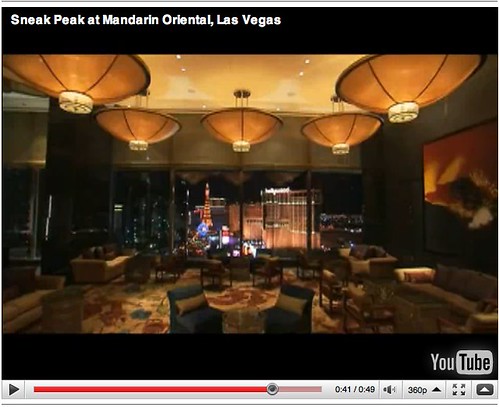
Jack Goldstein (American, b. 1945; d. 2003) – “Untitled” (Volcano) 1983, Acrylic on canvas, 96 x 96 inches – Mandarin Oriental, Las Vegas’ Tea Lounge
via Senatus
Acrylic on canvas, 96 x 96 inches
Mandarin Oriental, Las Vegas’ Tea Lounge (on the wall on the right in this video still)
I suppose this is public art, depending on your wallet. I’ve probably helped produced projects in public space for about the cost of a meal at the Tea Lounge.
“An influential postmodern artists of the 1970s and 80s, Goldstein is recognized for his pioneering work in sound, film and painting. His highly polished paintings are based on photos of natural phenomena, focused on capturing the “spectacular instant.” Untitled (Volcano), which measures 8 feet tall by 8 feet wide, hangs in the Mandarin Orietal’s Tea Lounge in the 23rd-floor sky lobby. The painting depicts an explosive and vibrant image of an erupting volcano.” – via CityCenter
Paul Wong, Led Down The Garden Path
Bloedel Conservatory, Vancouver, 5-10pm, Feb. 27, 2010
During the Winter Olympics in Vancouver, Wong produced a number of events. At the Bloedel Conservatory,
“The Buckminster Fuller inspired dome is at the highest point in the city. It will be the site for ‘LED Down The Garden Path’. Paradise will be transformed by sublime projections, evocative images and unexpected elements at Queen Elizabeth Park. Atop of a lava flowing volcano, rock quarry and now the city water reservoir, Wong creates an environment with imported nature and electronic media under one tropical roof.”
Monique Janssen Beliz, Albuquerque Volcano

Monique Janssen Beliz, Albuquerque Volcano, 2008
The City of Albuquerque Public Art’s photostream includes this watercolor.
Richard Goodwin, The Well
The Well incorporates natural bluestone columns that are to be found in volcanic pipes of the extinct volcano Mt Canobolas near Orange in NSW Australia.
African Renaissance, 2010 (Senegal)

Senegal's African Renaissance monument. Photograph: Seyllou/AFP/Getty Images
In April, Senegal officially unveiled its 49-metre high, bronze African Renaissance monument, which depicts a man, woman and child emerging from a volcano. According to president, Abdoulaye Wade, the monument commemorates 50 years of independence and is for the entire continent by bringing “to life our common destiny.” – via The Guardian and Foreign Policy.
Georgia Gerber’s Tree Planter, 1991
Outside the Forest Learning Center, Mt. St. Helens, Washington, this brone sculpture depicts a Tree Planter, with his backpack full of seedlings and shovel in hand, leaning over to plant one of the 18 million seedlings which were replaced in the volcano’s blast zone.
Joanna Rajkowska, unrealized volcano project
(scroll about halfway down)


